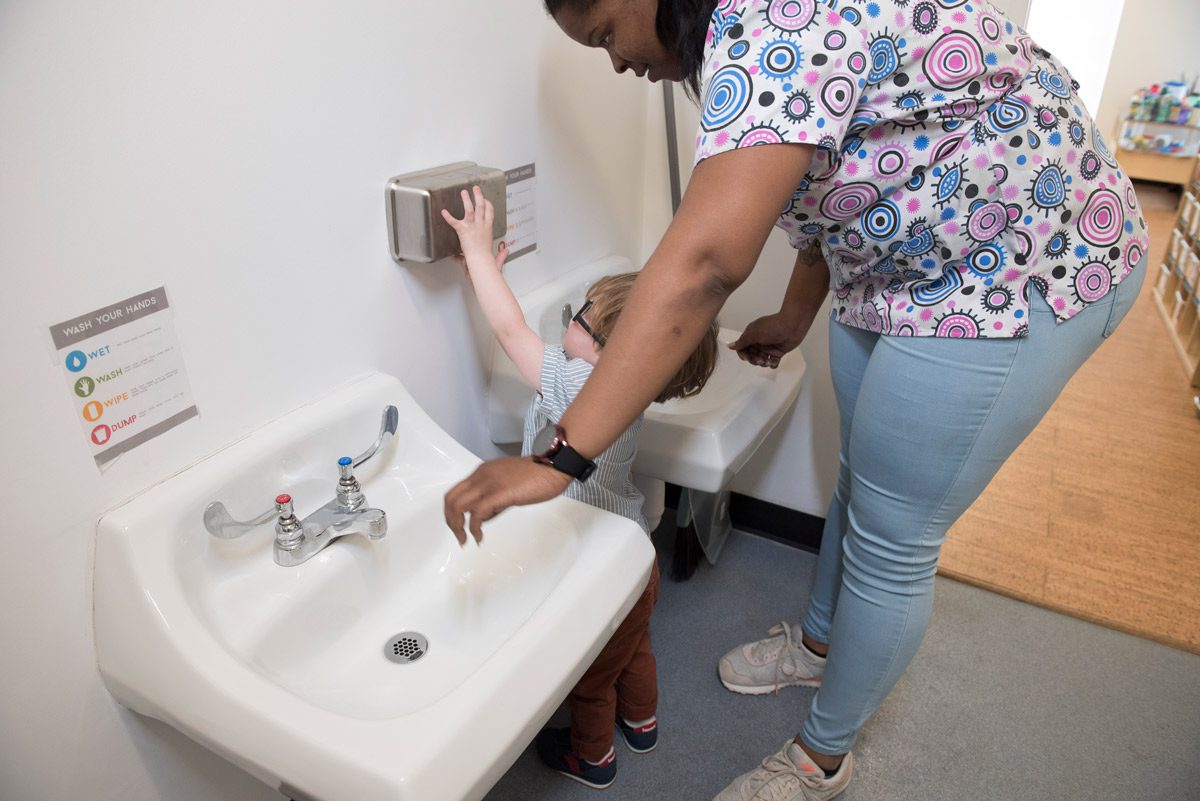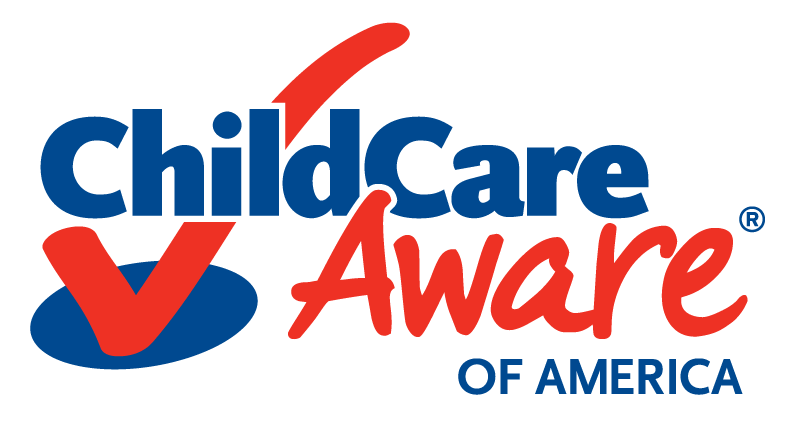

At the Low Income Investment Fund (LIIF), we know that high-quality early care and education (ECE) programs are vital to promoting equity, opportunity and well-being in communities nationwide. Central to our vision is the expansion of quality ECE facilities that are developmentally appropriate, safe and healthy places for children to learn and teachers to teach. ECE professionals know that well-designed spaces with features like age appropriate toilets, sinks and changing tables can make a world of difference in classroom quality.
Unfortunately, decades of underinvestment in the ECE sector have left many providers operating on razor thin profit margins and facing difficult decisions about how to best allocate their limited resources to address facilities issues. The COVID-19 pandemic has only exacerbated these challenges as revenues decline, costs increase and a program’s long-term success is dependent on an ability to enhance health and safety measures, which means navigating complex financing and infrastructure requirements.
Community Development Financial Institutions (CDFIs) like LIIF and many of our partners in the National Children’s Facilities Network (NCFN) have a history of providing intensive technical assistance, capacity building and financial products to prepare ECE providers to navigate the facility financing process. Recently, the CDFI sector played a critical role in helping child care providers access Paycheck Protection Program (PPP) loans. LIIF partnered with Community Reinvestment Fund, USA (CRF), a CDFI and PPP lender, to apply for the PPP. We were able to finance $6.4 million worth of PPP loans, which supported 41 operators at an average loan size of $157k.
Many of small centers and family child care homes weren’t successful the first time they applied through a traditional financial institution. It wasn’t because they were ineligible for the program, but often because these borrowers often ended up at the back of the line because of their relationship with their bank, their small size or the additional support they needed to complete the application process.
Updates from Congress
As Congress considers additional emergency relief efforts and investments in the child care sector, the PPP experience offers a valuable lesson about the importance of technical assistance and capacity building support – especially as providers increasingly face the urgent and complex needs associated with facility and infrastructure modifications.
Democrats in both the House and Senate have introduced a series of bills over the last several weeks that would dramatically increase the resources available to the child care sector – including large-scale investments in the Child Care Development Block Grant (CCDBG); targeted investments in child care infrastructure modifications and upgrades; and bold investments in mandatory funding through the Child Care Entitlement to States (CCES).
The Child Care is Infrastructure Act (H.R. 7201), recently introduced by Representative Katherine Clark (D-MA), is particularly exciting because it recognizes that CDFIs and other intermediaries have a history of providing intensive technical assistance that can help prepare providers to take advantage of dedicated facilities funding. This bill would invest $10 billion in our nation’s child care infrastructure over the next five years with a portion of the funds to be made available to intermediaries, including CDFIs, that have experience financing ECE facilities and can offer providers much-needed technical assistance support. Other provisions of the bill address ECE workforce support like student loan forgiveness.
Taken together, the child care bills currently before Congress would provide sorely needed support to the ECE sector and offer an opportunity to strengthen all key components of the child care industry. This includes high-quality ECE programs and facilities that are healthy, safe and affordable to families at all levels of the income scale, in addition to a well-resourced workforce that is appropriately compensated and equipped to do the critical work of caring for and educating young children.
What CCR&Rs Can Do
Intermediaries like child care resource and referral (CCR&R) agencies can partner with CDFIs not only to advocate to pass child care bills in Congress, but at the local level they can work to recruit and identify operators and help establish criteria for funding. In each of LIIF’s service areas we work with local partners like CCR&Rs to strengthen the child care sector and administer facilities funding. We need partnerships like this all over the country.
 LIIF is committed to advancing policies that support a strong child care sector and will work closely with Child Care Aware® of America, the National Children’s Facilities Network (NCFN), and more ECE advocates and stakeholders to achieve this vision. Stay up to date with LIIF’s ECE and policy work through our newsletter and blog.
LIIF is committed to advancing policies that support a strong child care sector and will work closely with Child Care Aware® of America, the National Children’s Facilities Network (NCFN), and more ECE advocates and stakeholders to achieve this vision. Stay up to date with LIIF’s ECE and policy work through our newsletter and blog.
![ECCTAC-Logo[1]-1](https://info.childcareaware.org/hubfs/ECCTAC-Logo%5B1%5D-1.png)
This post brought to you by CCAoA’s Emergency Child Care & Technical Assistance Center. Learn more and request technical assistance.


